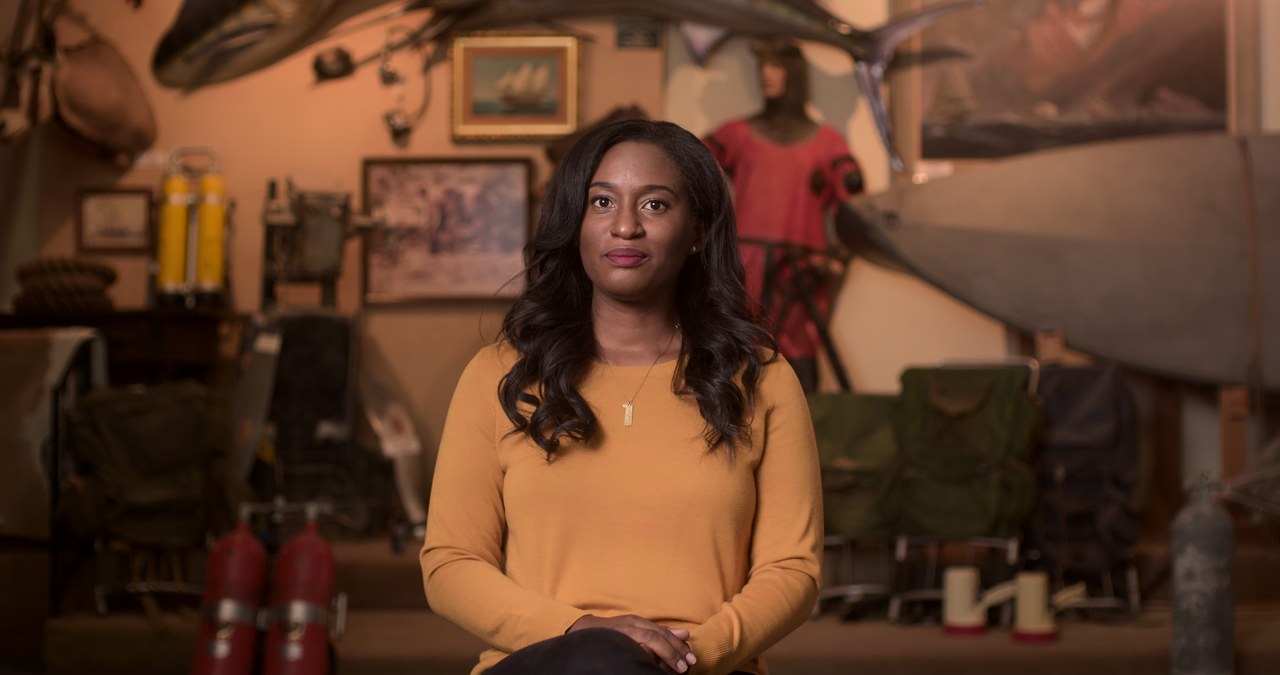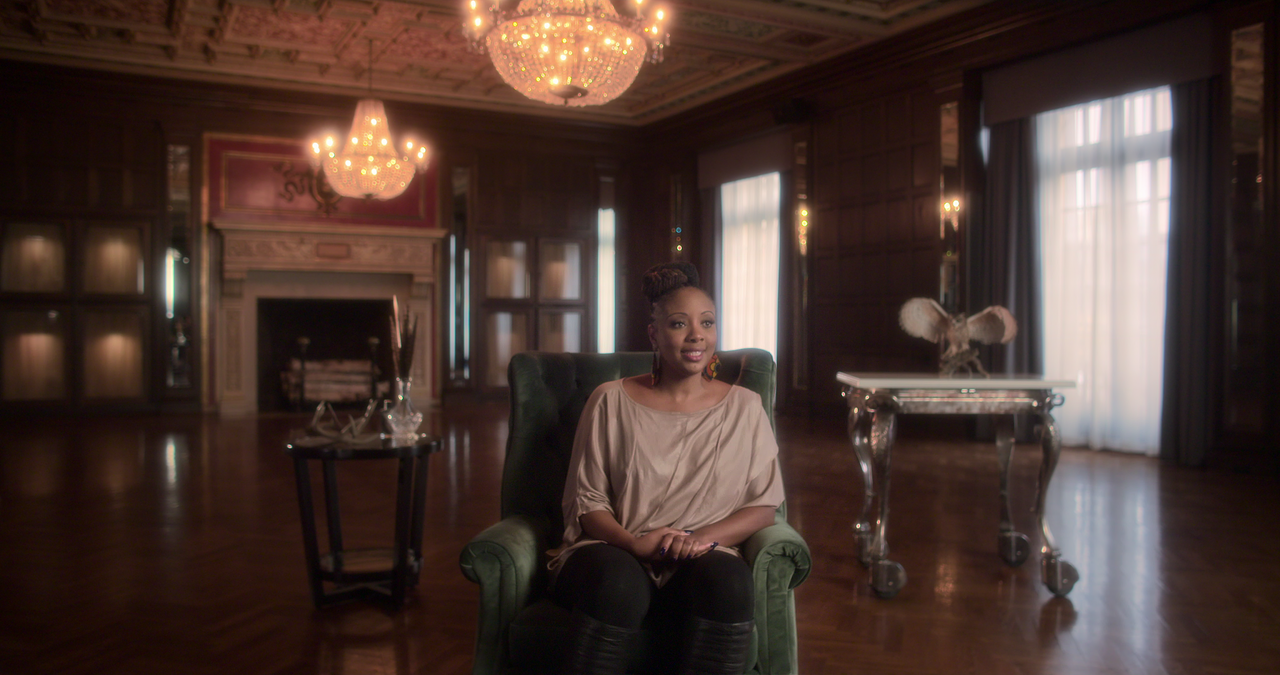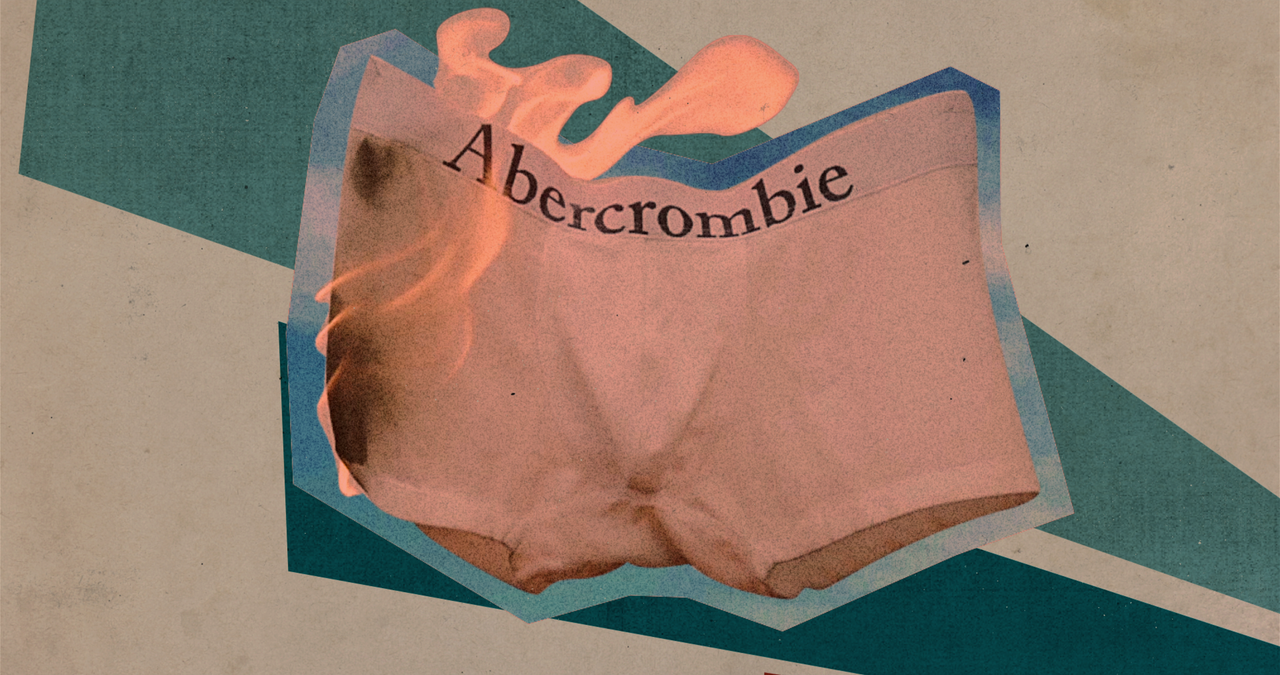“All-American,” “urban,” “alternative”: The ’90s were all about one-dimensional labels that further flattened a generation that had already lost its sense of self. Back then, this was rarely a cause for concern. Hollow descriptors were everywhere ― particularly when it came to the brands we wore, paying good money so our clothes would give us an identity or validate one we desperately wanted to purport. They were part and parcel of a consumer relationship we willingly entered and empowered.
But few markers caused the same damage as “all-American.” On its own, the phrase was often misunderstood as innocuous, though it obscured the many nationalities that make up this country. Applied to clothing brands and their marketing, however, a ubiquitous accompanying visual made it clear what that term was really supposed to mean: a young, slender, smiling white person who liked to have fun.
Think Eddie Bauer, Hollister, Aeropostale, Abercrombie & Fitch and American Eagle (which went as far as naming itself after the national symbol) ― brands that cornered the market on plain jeans, T-shirts, shorts and rugged outerwear. Their ads largely consisted of young, conventionally attractive white people frolicking in the sun or in the mountains together.
It’s these images of an American ideal that partly inspired the recent Netflix documentary “White Hot: The Rise & Fall of Abercrombie & Fitch,” which details how the titular brand courted young consumers from all ethnic backgrounds despite its racist branding. While it was far from an isolated example, Abercrombie catered to a generation of adrift young people who had already been absorbing discriminatory messaging, some of it printed right there on their graphic tees, for years.

In fact, many Abercrombie customers were just excited to be a part of the wildly influential clothing fad at all. “I think it’s really important, [which] we tried to emphasize in the film, [to understand that] this was all orchestrated top-down,” “White Hot” director Alison Klayman told HuffPost. “But also it worked because people bought it and bought into it.”
Point to any year in the decade, and you’ll see how much young people, or “the collective youth market” as Klayman refers to them, influenced popular brands. But they were also incredibly vulnerable to them — and eventually hurt by them. “I see this film as a story of a system,” she said. “It’s interesting to stop and really parse it, and talk to the people who were part of that system or who fought that system. And look at the pieces.”
Sometimes those people are one and the same. Carla Barrientos, who appears in “White Hot,” is one of many former Abercrombie employees in the ’90s and ’00s who sued the company over its alleged discriminatory practices. Barrientos firmly says she no longer shops there today ― but when she was coming of age as a Black girl in 1990s California, Abercrombie and other stores like it were everything to her.
Their exclusionary branding was hardly a deterrent ― mostly because it was so inherent in the culture at the time. “Exclusion was in,” Barrientos told me. “Being inclusive by race, by size — it just wasn’t in. People are saying, ‘Hey, where are we represented?’ I just looked past it and said, ‘I want these clothes. They fit tight. They’re casual. I like it.’”

As difficult as that might be to understand in retrospect, Barrientos’ comment reflects the feelings of many young nonwhite, steadfast customers in the ’90s. The lack of representation in clothing brand marketing was simply par for the course. “I just remember thinking, ‘Well, yeah, it’s white, but I can be in any space that I want,’ Barrientos said. “I looked at it more as ‘all-American’ to me.”
Besides, for Barrientos and many other young people of color, it was about wearing trendy clothes from recognizable brands that your entire crew was also wearing. And even more importantly, it was about fitting into a dominant aesthetic and culture.
Barrientos recalls scanning pop culture influences like MTV and borrowing style ideas from popular, predominantly white magazines like Seventeen. “I definitely looked at what my friends were wearing, classmates, and what I saw in magazines,” she said. “I’d read the teen magazines, even watched music videos.”
As a result, Abercrombie and Guess were in heavy rotation in Barrientos’ closet, though their higher price points meant she often had to save up to buy (for instance) the $70 pair of low-rise jeans with tiny pockets in the front, or else ask her mom to buy them for her. “And I mean, I wore those things out,” she remembers fondly. “The backs were frayed, everything.”
She considered it well worth the investment in order to maintain her place in the in crowd. “At 18, 19 years old, that is important — fitting in and wearing what other people wear and being noticed for your style and things like that,” she said. “That individualism wasn’t so much there. It was more like ‘the group.’”
And when that image is everywhere you look, you rarely think to question it. Beyond being the default for this generation, it becomes its aspiration. That conflict is part of what drew Klayman to the story ― the “people who are telling you about how they wanted to be part of this ‘all-American,’ fun brand and they had no problem seeing themselves as being able to be part of that,” she said. “Until not, and that was a slap in the face for them.”
While Barrientos was working at Abercrombie, she thought she could somehow overcome the fact that management, for instance, often asked her to wash the store windows instead of selling clothes on the floor among the customers. She thought the situation would eventually change if she proved herself. “I really tried to outwork it, outperform it, be persistent,” she recalled. “And you can’t outwork racism like this.”
There is something to be said about this innate desire, even an expectation, to achieve or push through the “all-American” ideal, instead of divesting from it altogether. It goes deeper than wanting to be accepted; it’s about the inclination to conform.

“We all grow up in a society that tells us white is right,” said Treva Lindsey, a professor of history at Ohio State University who also appears in the film. “I think that nonwhite people who shop at Abercrombie & Fitch are internalizing the same things their white counterparts are about whiteness, thinness, ableism, what it means to look like you have money or status.”
It’s not just about being cool; it’s about achieving an image of cool only reserved for white people. That in and of itself is futile. “Buying into the brand actually is one of the easier ways to ascertain something that in many ways is always going to be unattainable for nonwhite people,” Lindsey said. “That you can be in some kind of proximity just with this sartorial armor.”
True. But it wasn’t always easy as a Black person in the ’90s to find yourself in other brands even if they had Black faces in their marketing ― though Lindsey ultimately did. The Washington, D.C., native immediately saw Abercrombie for what it was and never shopped there. She connected instead with “urban brands” like FUBU, Mecca and Baby Phat, which were far more reflective of her burgeoning politics at the time.
She, like Barrientos, would sometimes lean on her parents to afford the clothes. “The advertisements, the energy of those campaigns really spoke to who I was, or who I was trying to be at least,” Lindsey recalled. “I was a tween/teen and just starting to be able to really decide my own style and move through the world as fully me.”
As affirming as these brands were, they were also capable of alienating Black youth who weren’t as interested in the “urban” look, which in its own way was as culturally dominant as the “all-American” aesthetic. But Lindsey always saw Blackness as “about the multitudes,” and understood that there were, for instance, Black skaters and others who chose not to conform to trends at all.
“I had friends who were Black who had very different styles,” Lindsey said. “But that notion of clothing for us in the ’90s, and us etching out as people coming of age in that era, is that there was such a range of ways that you could show up and be interested.”
After thinking about this some more, Lindsey admitted that not everyone was as accepting of the variety of ways young Black people presented themselves through their clothes. “I may be remembering it more nostalgically than maybe some of those who weren’t doing whatever the trend was, how they were experiencing it,” she said.
Lindsey noted that there was even a “cost or risk” to adolescents who didn’t conform to the trend. That dynamic isn’t specific to “urbanwear” or Abercrombie, or even to the ’90s ― but it did have a unique impact on people within an already marginalized community who were also struggling to form an identity inside a larger system.
Conformity was always an option, and it was sometimes thought to be the easier route. But not everyone had that aspiration. Lindsey adds that clothing trends were often an entry point for young people to find the social group that would affirm them. So if you divested from the trends, you ran a greater risk of being ostracized or even antagonized.
“I think the risk often, for a lot of people who are outside of that,” she said, “is that those connections can be adversarial to the groups that are purchasing and are invested in those [trends], versus — it becomes a versus — those who are not.”

This was all part of a toxic youth culture with which clothing brands merely engaged. The truth is, the ’90s in America meant many different things to young people — both within a given culture and across all cultures. That includes everything, as Lindsey notes, from the notion of race reconciliation pegged to the blending of music genres on MTV and the Rodney King beating to the destruction of the social welfare state and the supposed menace of “superpredators.”
Brands oversimplified how teens were embodying and absorbing all these complexities at once and trying to reflect that through what they wore. When young people face such clear demarcations between how they should and shouldn’t dress, especially when they have few other spaces to really express themselves, there is very little opportunity to challenge or process the situation.
So the notion of “all-American” is a lie. “It is leaning into something about a mythic notion of who Americans really are that tells us something about the ways that our race politics are still so undeveloped,” Lindsey said. “It is meant to signal whiteness without having to say ‘white people’ or name whiteness explicitly.”
